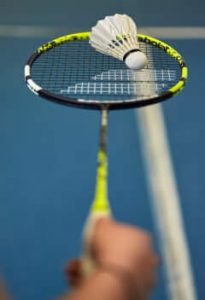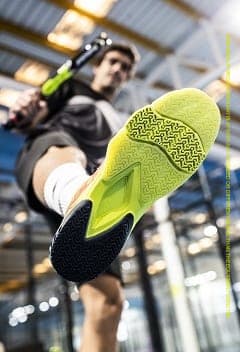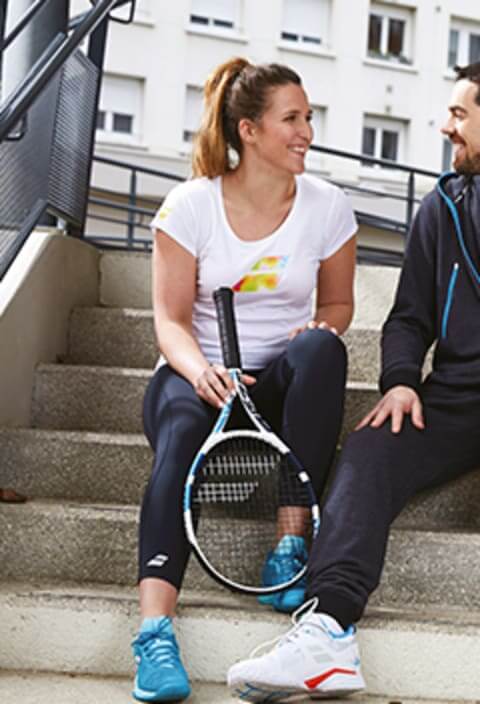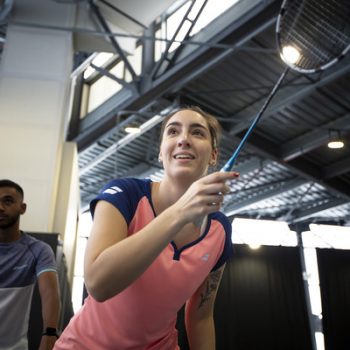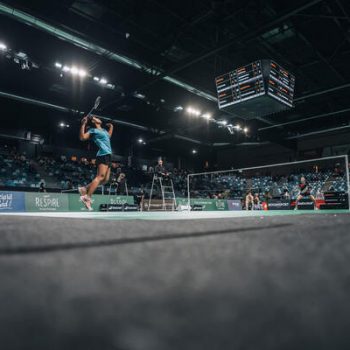Tập trung cao độ: 3 cách để cải thiện khả năng tập trung của bạn cho một trận đấu cầu lông
When it comes to improving your game, it is vital to train yourself mentally. Peter Zauner, badminton coach and former professional player (Men’s Doubles Ranking: 30), has tried and recommends the followed three techniques:
- Meditation for clearing your mind
- Mental imagery for goal-setting
- Kinesiology for mental preparation
The mind plays a vital role in sporting success, whatever your playing level. Badminton is a fast-moving game that requires a high level of agility, so players need to stay focused all the time. Badminton coach and former professional player (Men’s Doubles Ranking: 30), Peter Zauner shares his three top tips for raising your game by improving your concentration.
Meditate to relax
Many people now use meditation as one of the most effective ways to help themselves concentrate. Peter believes it allows players to focus, feel less stressed and better able to step straight into their game:
“When I started these exercises, especially before a game, we [my teammate and I] were in the lead most of the time until we reached 11 points. We were ready right from the start, so we played better than other teams who were more advanced than us. It was a really big advantage and clearly made a difference.”
Meditation can help players at any level. You simply need to adapt the number of sessions to your player profile: “If you just want to play twice a week for fun, you don’t need to do meditation exercises all the time. But the great thing about meditation is that you can use it in your everyday life.”
Although there is no hard and fast rule, many professional players meditate everyday. Regular meditation helps them stay focused on their game by controlling their emotions and improving their endurance, particularly through pain management.
Peter suggests players meditate after training by doing breathing exercises, but also just before bed for a more peaceful and restful sleep. If you don’t manage to do it straightaway, Peter suggests some gentle exercise – cycling, running with short strides, walking, etc. – to reduce the pressure.
Get your neurons working using mental imagery
Like meditation, mental imagery or “visualization” is increasingly used by professional badminton players, such as Austrian player Luka Wraber (World Ranking: 79).
This technique allows players to focus and work on a goal over the short, medium, or long term. Peter says mental imagery can be done in three steps:
- Start by deciding on your goal. This might include improving your concentration, perfecting a move, or developing your game strategy.
“The players on the Austrian national team do a lot of exercises on tolerance and frustration, managing their emotions during a game, and also on concentration and endurance.” - Then choose the image or image sequence you want to associate with this goal. According to Luka, this image can be anything you like: “Everybody has a dream picture. It might be a beach or your home, something you like, or something you choose with your mental coach.
- Next, mentally reproduce the image or image sequence and associate it with your goal. “The brain then makes a connection between the two and you feel more comfortable with your goal.” Repeat the technique at each training session or before each competition.
Mental imagery must be adapted to the player, however, and won’t necessarily work the same way for you and your badminton partner. For example, Peter mainly uses videos with young players and films their movements to make visualization easier. Once they have been more effectively memorized, these movements are then attached to a sense, such as how the racket feels or the sound the shuttlecock makes when hit by a player. Peter says this technique can be used by amateurs and regular players.
Discover kinesiology: the concentration enhancer
Kinesiology is another way to enhance your concentration, in addition to meditation and mental imagery.
How does kinesiology work exactly? Kinesiology is a practice designed to promote a state of physical and mental balance in players through enhanced body-mind connection. Used on a regular basis, it helps players manage stress and build their capacities. Kinesiology, still little known, is increasingly popular among amateur players and high-level sportsmen and women.
For Peter, “the problem is that when you get nervous, the connections between the left and right sides of the brain start to break down. We used to do “turning on” exercises to get them ready from the start of the game. It’s something that helped us a lot.”
A practical way to strengthen your body-mind connection is to use “turning on” exercises, such as juggling, which stimulate both sides of the brain in just a few minutes, combined with other fast muscle-warming exercises.
“We used different techniques to improve the connections in our brain. For example, by gently tugging on your ears, and stretching parts of your body – strategic points that need to be stimulated. We had a few exercises to do which took us a couple of minutes and then we knew we were ready!”
Peter also used a second, more psycho-emotional technique, which allowed him to transform his negative emotions and thoughts into a positive and dynamic goal. He worked on his thinking, breathing and posture to manage his stress before the game.
Peter’s tips to boost your concentration
We asked Peter to share some practical advice on improving your concentration. If you don’t already meditate, it’s best to start slowly. Begin with breathing exercises.
Start your session by closing your eyes for 10 seconds, then inhale deeply and exhale slowly. It may sound simple, but the difficulty lies in “letting go”. If you feel that it is working, increase the length of your sessions slightly, from 10 seconds to 20 seconds, then from 20 seconds to 30 seconds, and so on. You can also meditate in a relaxing setting with soft music.
Peter used to combine meditation and kinesiology. Just before a match, he would do three exercises to help him fully focus. He worked on:
- His thoughts. Peter believes you need to accept that you might have negative thoughts and transform them into positive and constructive ones.
- His breathing. He took the time to inhale and exhale slowly and gently ten times in a row.
- His posture: Peter would always stand up straight and expand his chest before a match to show his opponent and his body that he was ready.
Meditation, mental imagery, or kinesiology can really help boost your concentration on court. All you need to do is to find the technique(s) that work(s) best for you. Easy and doable at any level, you can repeat them before every training session, tournament or championship.
Bài viết này hữu ích với bạn?

